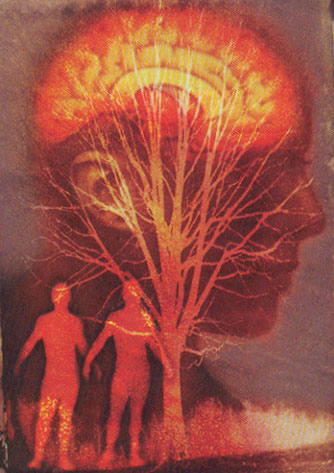
Graphology - the study of handwriting and handwriting analysis - is now an accepted and increasingly used technique for assessment of people in organizations. Handwriting analysis is an effective and reliable indicator of personality and behaviour, and so is a useful tool for many organizational processes, for example: recruitment, interviewing and selection, team-building, counselling, and career-planning.
Here is a free introductory guide to graphology, with examples of techniques that graphologists and handwriting analysis experts use to analyse a person's personality from a sample of handwriting.
Elaine describes graphology is 'brainwriting' - the handwriting comes directly from the writer in a uniquely personal and individual way, irrespective of how the person has been taught to write: an expert graphologist understands the styles of the different countries and languages and makes allowances for 'taught' influences. Also largely irrelevant to the actual analysis is the content of the written text. The science of graphology uses at least 300 different handwriting features in its investigative approach. The graphologist's interpretation skill is in the psychological art of understanding the particular blend of handwriting features - an expert is able to see the writer 'step off the page'.
Here is a free introductory guide to graphology, with examples of techniques that graphologists and handwriting analysis experts use to analyse a person's personality from a sample of handwriting.
Elaine describes graphology is 'brainwriting' - the handwriting comes directly from the writer in a uniquely personal and individual way, irrespective of how the person has been taught to write: an expert graphologist understands the styles of the different countries and languages and makes allowances for 'taught' influences. Also largely irrelevant to the actual analysis is the content of the written text. The science of graphology uses at least 300 different handwriting features in its investigative approach. The graphologist's interpretation skill is in the psychological art of understanding the particular blend of handwriting features - an expert is able to see the writer 'step off the page'.
graphology theory and history
A person's handwriting - the script - and its placing on the page express the unique impulses of the individual: logically, the brain sends signals along the muscles to the writing implement they control. By examining a handwriting sample, an expert graphologist is able to identify relevant features of the handwritten script, and the way the features interact. The features, and interaction between them, provide the information for the analysis. (No single handwriting sample will exhibit all 300 different features of course - a typical analysis will involve far less).
No single handwriting feature proves anything specific or absolute by itself; a single feature alone can only identify a trend. It is the combination of features, and the interaction between them that enable a full and clear interpretation.
Graphology is actually a very old and respected science - the study of handwriting and its analysis was first developed by the Chinese 3,000 years ago. The Romans used graphology, and through the centuries since then various civilisations and cultures have analysed handwriting to identify the essence of the person who produced it.
The modern approach to handwriting analysis was established by a group of French clerics, led by Abbe Michon, who defined key aspects of the science in the 1870s, after 30 years of study. This work formed the basis of modern graphology, although the science is still being researched and expanded today.

Professional graphologists operate to a strict code of ethics, and these experts are constantly in demand; those who use it recognise its value in the workplace as an additional method of understanding character. It is therefore an extremely useful tool in identifying the quality and capacity of an individual's talents and potential, particularly in career guidance and improving relationships. Like other powerful behavioural or intuitive models, it is not easy to explain how and why graphology works, nevertheless it continues to be used, respected and appreciated by many because it achieves a high level of results.

2 comments:
I enjoyed reading i some interesting stuff about Handwriting expert . I'm supposed to be somewhere else in a minute but I stuck to reading the story. I like the quality of your blog :D
Mr.Pradeep K.U is a leading practicing graphologist from Graphology School of India (GSI). He has being practising this science for the past 5 years. He is actively consulting for bureaucrats, corporate houses ,business houses, banks, MNC's, by helping people know their strengths and weakness, detecting ill health or forgery through handwriting and also knowing the reason for it.
Graphologist
Post a Comment